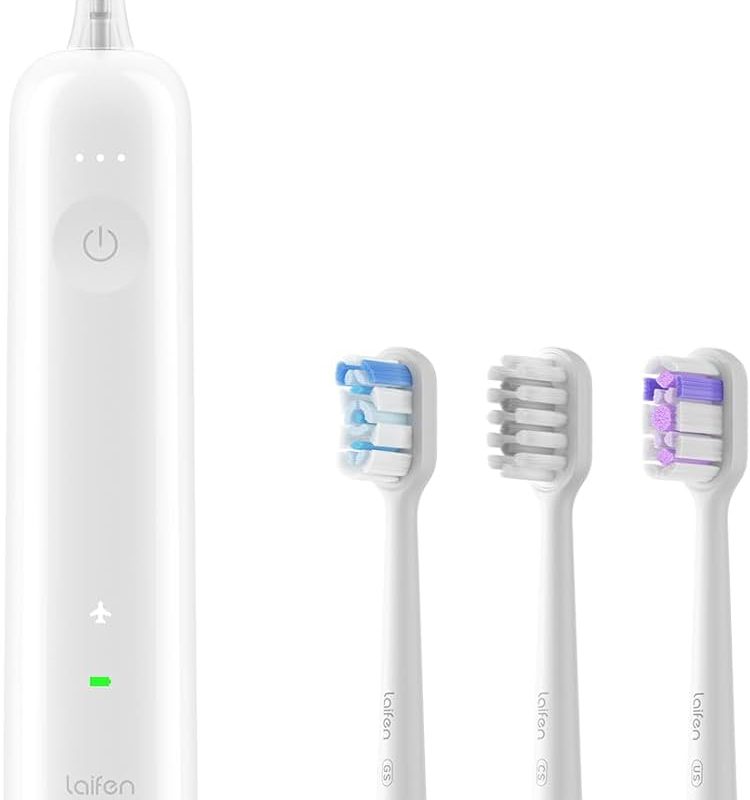Introduction:
Traveling with an electric toothbrush can raise various questions about safety, regulations, and convenience. Understanding whether you can pack an electric toothbrush in a checked bag, the rules around batteries, and tips for traveling with dental hygiene tools is essential for a smooth journey. This comprehensive guide explores the regulations and best practices for packing an electric toothbrush, ensuring compliance and convenience.
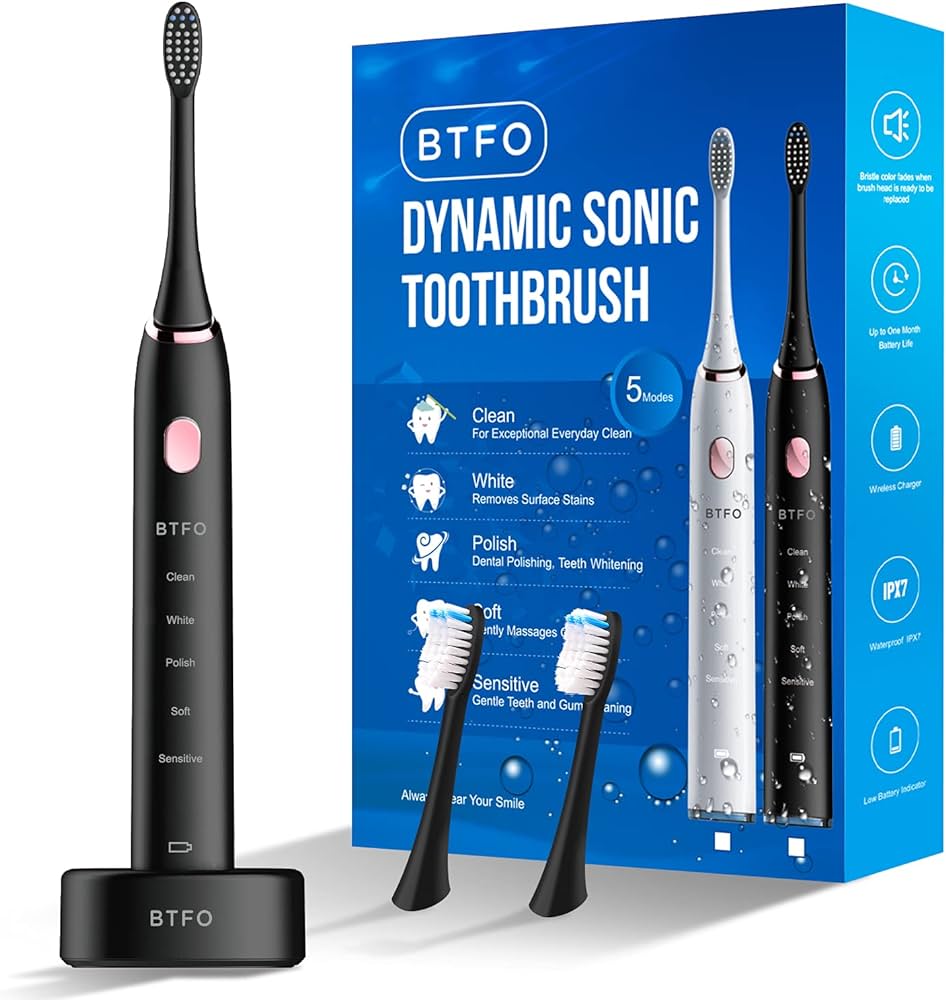
Can an Electric Toothbrush Go in a Checked Bag:
What Are the Regulations and Best Practices?
Regulations and Safety:
What Are the Airline Rules for Electric Toothbrushes in Checked Bags?
Airline regulations regarding electric toothbrushes, particularly those with batteries, are important to consider when packing for travel.
Battery Types:
Lithium-Ion Batteries:
Common Use: Electric toothbrushes often use lithium-ion batteries due to their efficiency and rechargeable nature. These batteries are generally safe but have specific regulations for air travel.
Checked Baggage Restrictions: According to the Federal Aviation Administration (FAA) and International Air Transport Association (IATA), lithium-ion batteries exceeding 100 watt-hours are restricted in checked baggage. Most electric toothbrush batteries fall well below this threshold, usually around 2-10 watt-hours, making them generally safe for checked baggage.
Non-Lithium Batteries:
Alternatives: Some electric toothbrushes use AA or AAA alkaline batteries, which are not as heavily regulated as lithium-ion batteries. These are safe to pack in either checked or carry-on baggage without restrictions.
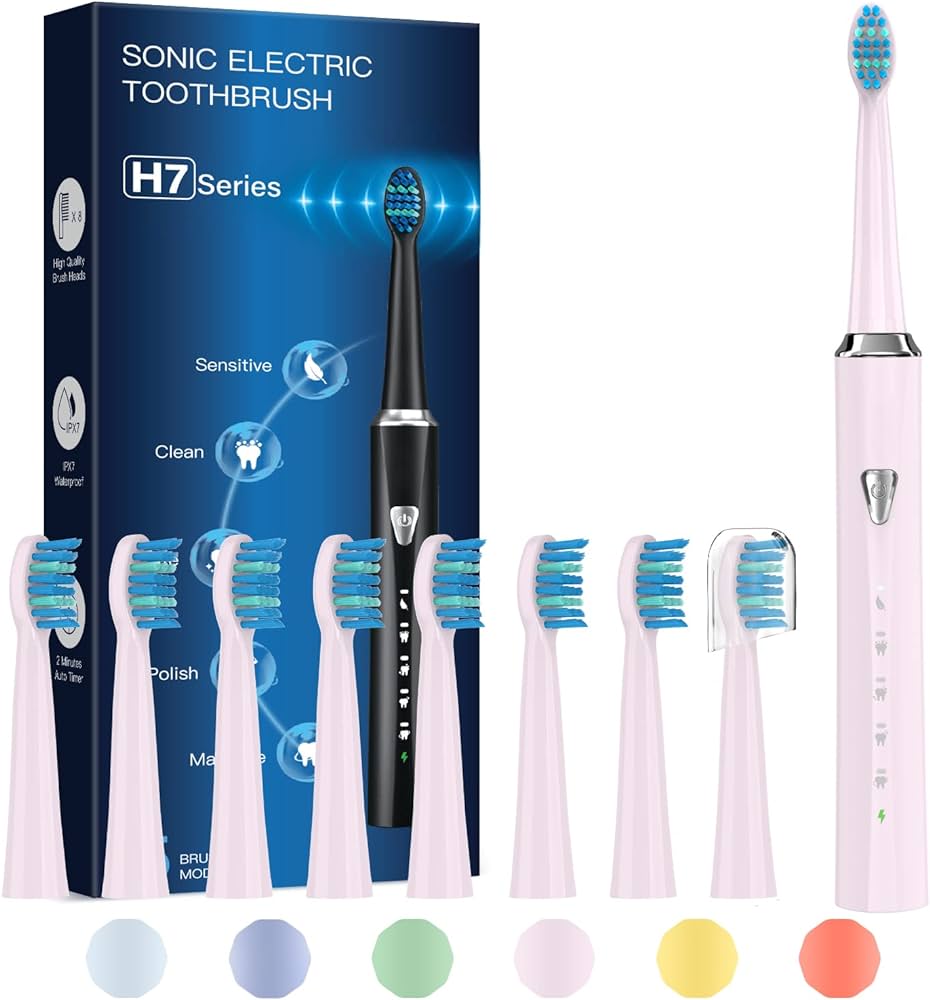 Safety Precautions:
Safety Precautions:
Preventing Incidents:
Power Off: Ensure the electric toothbrush is turned off before packing to prevent accidental activation, which can cause the motor to run continuously and overheat.
Securing Batteries: Remove the batteries if possible, or ensure the toothbrush has a secure switch lock to prevent it from turning on. Separately pack batteries in their original packaging or a battery case to avoid short circuits.
Carrier Policies:
Airline Specific Rules:
Review Policies: Different airlines may have slightly varying policies regarding batteries and electronic devices in checked luggage. Review your airline’s specific guidelines online or contact their customer service for clarification.
International Travel: Regulations may vary for international travel, with some countries having stricter rules on battery-powered devices. Check the destination country’s transportation authority guidelines before packing.
Best Practices:
How to Pack an Electric Toothbrush Safely in Your Checked Bag?
Proper packing techniques ensure the safety and functionality of your electric toothbrush during travel.
Preparation:
Getting Ready to Pack:
Clean and Dry: Thoroughly clean and dry your electric toothbrush before packing. Moisture can lead to mold growth or damage the device during transit.
Disassemble if Possible: If the toothbrush has removable parts, such as the brush head and body, disassemble them. This reduces the risk of damage and makes it easier to pack.
Protective Cases:
Using a Travel Case:
Sturdy Case: Invest in a sturdy travel case designed for electric toothbrushes. These cases protect the device from impacts and help keep all components together.
Padding: If a travel case is not available, wrap the toothbrush in a soft cloth or padding. This adds an extra layer of protection against bumps and drops.
 Placement:
Placement:
Strategic Packing:
Middle of Luggage: Pack the electric toothbrush in the middle of your checked bag, surrounded by soft clothing or other padded items. This placement reduces the likelihood of damage from external pressure.
Away from Liquids: Keep the toothbrush away from liquids to prevent potential leakage from damaging the device. Store liquids in a separate, sealed bag.
Travel Tips:
What Are the Benefits and Drawbacks of Packing an Electric Toothbrush in Checked vs. Carry-On Bags?
Deciding whether to pack your electric toothbrush in a checked or carry-on bag depends on various factors, including convenience, accessibility, and safety.
Checked Baggage:
Convenience and Space:
Space Saving: Packing the electric toothbrush in checked luggage saves space in your carry-on bag, especially for longer trips requiring more personal items.
Less Worry: Once checked in, you don’t have to worry about security screenings affecting your packing, making for a smoother airport experience.
Drawbacks: Potential drawbacks include the risk of the toothbrush being damaged or lost, as checked luggage is subjected to more handling and can occasionally go astray.
Carry-On Baggage:
Accessibility and Safety:
Easy Access: Having your electric toothbrush in your carry-on allows easy access for in-flight or upon arrival without waiting for checked luggage.
Less Damage Risk: Carry-on bags are generally handled more carefully, reducing the risk of damage compared to checked luggage.
Drawbacks: Packing in a carry-on bag reduces space for other items and may require adhering to liquid restrictions if carrying toothpaste.
Health and Hygiene:
Why Is It Important to Travel with Your Own Electric Toothbrush?
Maintaining dental hygiene during travel is essential for overall health and comfort.
Consistent Oral Care:
Maintaining Routine:
Familiar Device: Using your electric toothbrush ensures you maintain your oral hygiene routine consistently, providing familiarity and comfort.
Effective Cleaning: Electric toothbrushes are often more effective at removing plaque and maintaining gum health compared to manual toothbrushes. Maintaining this level of care during travel prevents dental issues.
Hygiene:
Personal Health:
Avoid Public Brushes: Using public toothbrushes available in hotels or on flights can increase the risk of oral infections due to potential contamination.
Trusted Cleanliness: Your own toothbrush is maintained and cleaned according to your standards, ensuring better hygiene and fewer risks of bacterial transfer.
Recharging Considerations:
What Should You Know About Recharging an Electric Toothbrush While Traveling?
Ensuring your electric toothbrush remains charged is crucial for uninterrupted dental care during your trip.
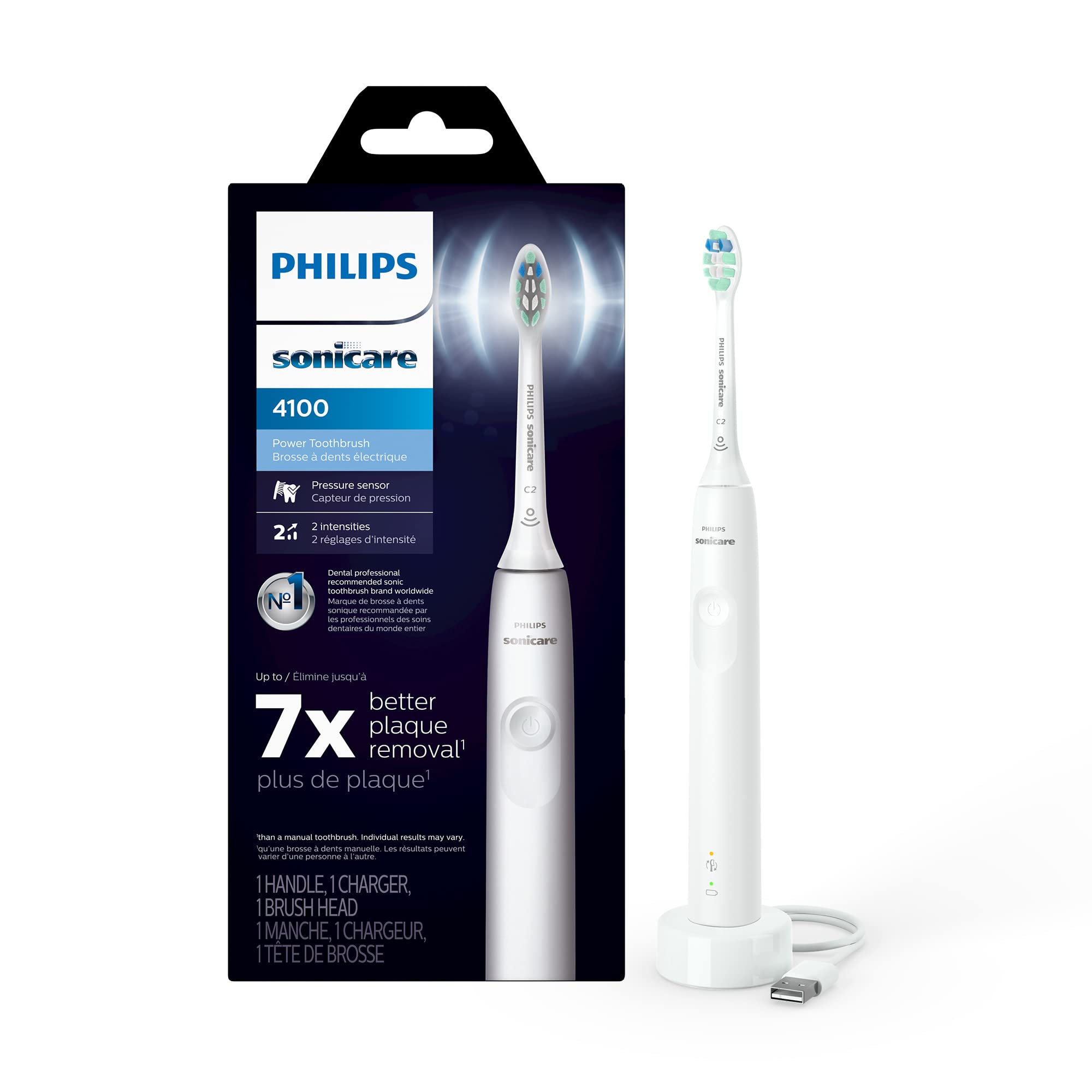 Charger Compatibility:
Charger Compatibility:
International Travel:
Universal Chargers: Invest in a universal charger or adapter if traveling internationally. Ensure it is compatible with the voltage and plug type of your destination country.
Portable Chargers: Consider bringing a portable USB charger if your toothbrush supports USB charging. Portable chargers are convenient and versatile for various devices.
Battery Life:
Maximizing Charge:
Fully Charge Before Trip: Ensure the toothbrush is fully charged before departure. Most electric toothbrushes hold a charge for several days to weeks, depending on usage frequency.
Backup Batteries: If your toothbrush uses replaceable batteries, pack spare batteries. This ensures you have replacements if the primary ones run out unexpectedly.
Common Issues:
What Troubles Might You Encounter with an Electric Toothbrush in Checked Luggage?
Awareness of potential issues can help you mitigate risks and ensure your toothbrush remains functional.
Damage and Durability:
Physical Damage:
Broken Components: Checked luggage can be subjected to rough handling, leading to potential damage such as broken brush heads or cracked handles. Proper packing and padding reduce this risk.
Battery Compartment Issues: The battery compartment might loosen or break due to pressure. Ensuring the toothbrush is securely packed prevents this problem.
Malfunctions:
Operational Issues:
Accidental Activation: Accidental activation can drain the battery or cause overheating. Remove batteries if possible, or ensure the toothbrush has a secure switch lock to prevent it from turning on.
Moisture Exposure: Exposure to moisture can damage the toothbrush. Ensure it is completely dry before packing and keep it away from potential liquid leaks in your luggage.
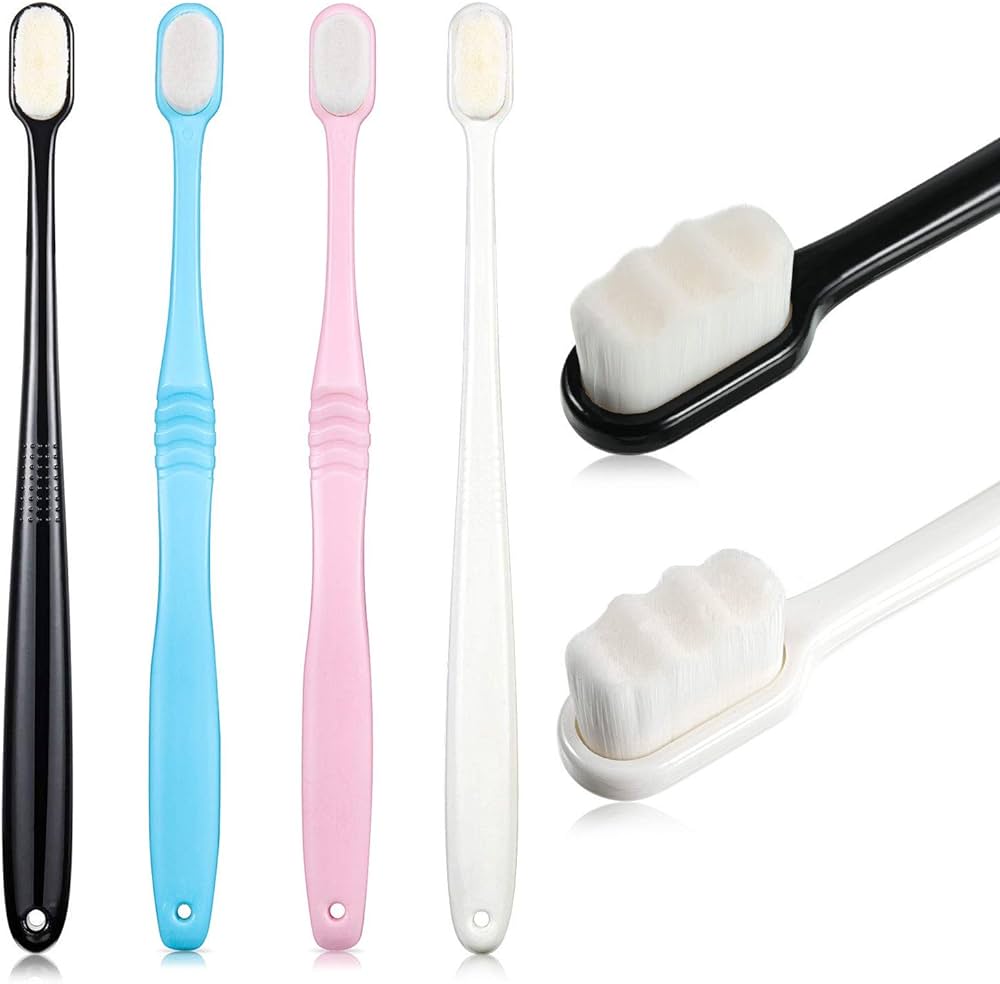 Alternatives for Manual Brushes:
Alternatives for Manual Brushes:
What Are the Pros and Cons of Bringing a Manual Toothbrush When Traveling?
For some travelers, switching to a manual toothbrush during a trip might be a viable option.
Pros:
Simplicity and Convenience:
No Battery Concerns: Manual toothbrushes eliminate concerns about recharging or battery safety, making them simpler for travel.
Lightweight and Portable: Manual brushes are lightweight, take up minimal space, and do not require protective cases or chargers.
Cons:
Efficiency:
Less Effective Cleaning: Manual brushes may not clean as effectively as electric toothbrushes, potentially leading to inferior oral hygiene, especially on extended trips.
Adaptation Required: If accustomed to an electric toothbrush, switching to a manual one might require adapting your brushing technique to maintain thorough cleaning.
Dental Care On-the-Go:
What Additional Oral Hygiene Products Should You Pack When Traveling?
Alongside your electric toothbrush, other oral hygiene products can ensure comprehensive dental care during your trip.
Travel-Sized Toothpaste:
Convenient Packing:
TSA Compliance: Pack travel-sized toothpaste to comply with TSA liquid regulations for carry-on baggage. These smaller tubes are also convenient for daily use.
Enough Supply: Ensure you have enough toothpaste to last the entire trip, especially if traveling to remote locations where it might not be readily available.
Floss and Interdental Brushes:
Comprehensive Cleaning:
Floss: Pack dental floss or floss picks to maintain interdental cleaning, which is crucial for preventing plaque buildup and gum disease.
Interdental Brushes: Small interdental brushes are useful for thorough cleaning between teeth, especially for those with braces or closely spaced teeth.
Mouthwash:
Additional Cleanliness:
Travel Bottles: Carry mouthwash in a travel-sized bottle for freshness and added bacterial protection. This enhances oral hygiene practices, especially after meals.
Antibacterial Benefits: Using mouthwash with antibacterial properties helps reduce harmful bacteria levels in the mouth, complementing brushing and flossing.
Conclusion
Packing an electric toothbrush in a checked bag is generally permissible under airline regulations, particularly for devices with small lithium-ion or non-lithium batteries. Ensuring the toothbrush is turned off, secured properly, and stored away from liquids helps mitigate risks. While packing in checked luggage can save space, placing the device in a carry-on may provide easier access and reduce damage risk. Maintaining personal hygiene by bringing your electric toothbrush ensures consistent and effective oral care while traveling. Don’t forget essential oral hygiene products like travel-sized toothpaste, floss, and mouthwash. Proper preparation and adherence to airline rules ensure a smooth, safe, and hygienic travel experience.

